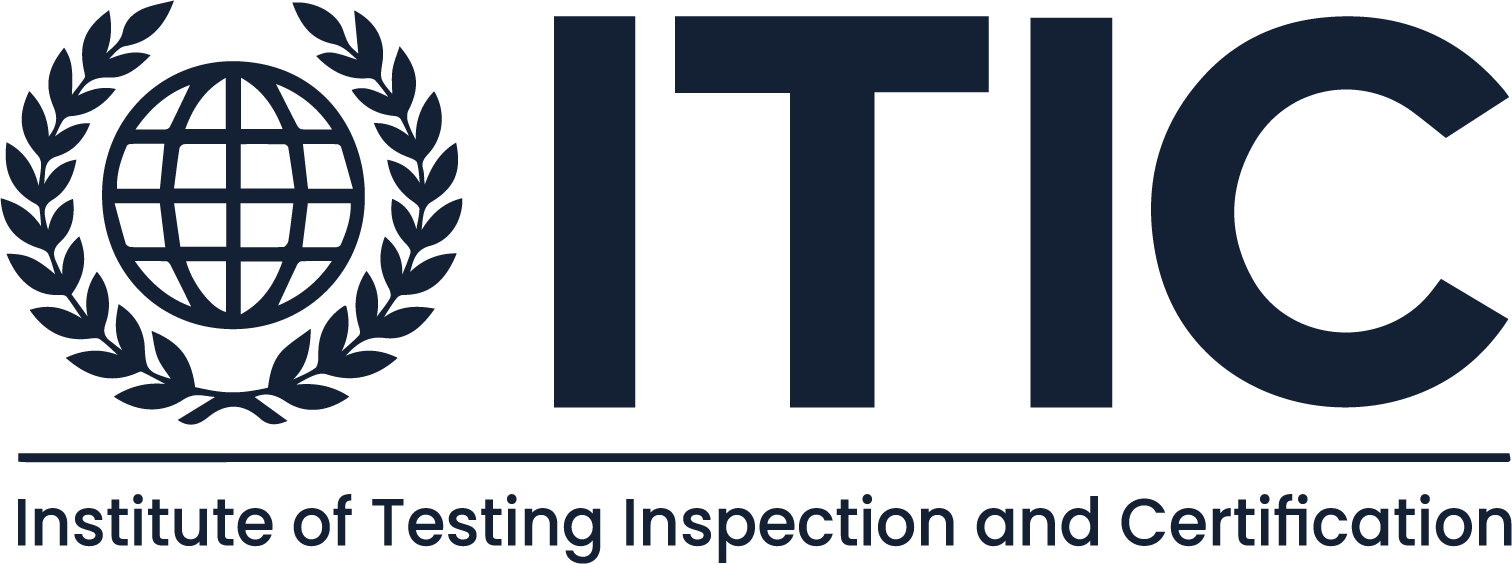
When it comes to ISO/IEC 17020:2012
the defining factor is not just your inspection activities, it is your structure. That structure is what allows you to stay impartial, credible, and globally recognized.
At the core of ISO/IEC 17020:2012 lies a critical decision every inspection body must make: are you Type A, Type B, or Type C?
This guide breaks down each type in clear terms to help you align your inspection system, build trust with clients and regulators, and prepare for accreditation success.
What Is ISO/IEC 17020:2012?
ISO/IEC 17020:2012 is the international standard that specifies requirements for inspection bodies that assess conformity of products, processes, systems, or installations.
Beyond technical capability, the standard emphasizes integrity, consistency, and impartiality in inspection results. Declaring your inspection body type is the foundation for how these principles are implemented.
The Three Types of Inspection Bodies
ISO/IEC 17020 recognizes three types of inspection bodies. Each one varies by how it’s organized and who it serves:

Type A – Fully Independent Inspection Body
Definition: An inspection body that is completely independent from the entities involved in the design, production, ownership, or maintenance of the items it inspects.
Common Use Cases: Regulatory and legal inspections; Certification or buyer-required inspections.
Key System Requirements:
- No ownership or control links to the inspected item
- Financial and operational independence
- Impartiality policy, controls, and documentation
Type A is not just about what you inspect, it is about who you are accountable to. If your inspection report has legal, regulatory, or compliance implications, this is the most trusted type.
Type B – Structurally Separate Internal Inspection
Definition: A first- or second-party inspection body that operates solely within its parent organization, with clearly defined structural separation.
Common Use Cases: Large manufacturers or infrastructure firms inspecting their own systems.
Key System Requirements:
- Internal unit separated from operational activities
- Role-based separation between inspection and execution
- Internal client list only
Type B protects internal integrity but only when the walls between production and inspection are built firm and documented well.
Type C – Integrated But Controlled Inspection
Definition (as per ISO/IEC 17020:2012):
An inspection body providing first party inspections, second party inspections, or both, which forms an identifiable but not necessarily a separate part of an organization involved in the design, manufacture, supply, installation, use or maintenance of the items it inspects and which supplies inspection services to its parent organization or to other parties, or to both, shall meet the Type C requirements.
Common Use Cases: Small or medium-sized companies; Companies where full structural separation is not practical.
Key System Requirements:
- Clear procedural safeguards to prevent bias
- Segregation of duties and responsibilities
- Impartiality risk assessments and controls
- Internal audit records proving enforcement
The key with Type C is not separation by structure, but separation by system. Impartiality must be embedded into your workflows, not just your policies.
Quick Self-Assessment: Which Type Are You?

What Accreditation Bodies Will Review
When you declare your inspection body type, your accreditation body will assess:
- Your organizational chart
- Legal ownership and control
- Financial and operational independence
- Role definitions and segregation
- Internal vs. external service scopes
- Records of impartiality reviews
Your declared type must align with how you truly operate.
Getting It Wrong Can Cost You
Mismatches between declared type and operational reality often lead to:
- Nonconformities during accreditation audits
- Loss of credibility with clients
- Ineligibility for public or regulated contracts
- Repeat findings and delayed approvals
My Strategic Advice
“You don’t choose the type you want, you declare the type you are.”
If you are still developing your inspection structure:
- Map your inspection process
- Identify who requests it, who performs it, and who uses the results
- Check who reports to whom and where bias could occur
- Find all possible risks to impartiality
- Select a structure that fits your business and meets the standard
There is no best type. Only the right type for your operation. Accreditation bodies do not judge you for being Type B or Type C. But they will question you if you say Type A and fail to prove independence.
Accreditation is not about a perfect structure. It is about clarity, honesty and control.
Many nonconformities in ISO IEC 17020 audits come from structural mismatches not from technical issues.
Need Help?
At ITIC Global we help you:
- Choose your inspection body type with strategy
- Set up your system and structure accordingly
- Implement internal impartiality frameworks
- Prepare documentation and train your team
- Conduct gap analysis and prepare for assessment
Visit iticglobal.org to explore how we can guide your ISO/IEC 17020 journey, or message me directly on LinkedIn for a one-on-one consultation.

